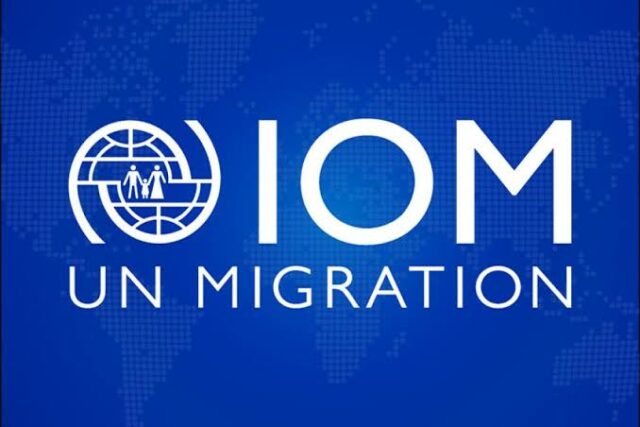According to the International Organization for Migration, a record 83.4 million people have been displaced due to a rise in natural disasters and conflicts.
In its 2025 Global Report on Internal Displacement, released on Tuesday, the United Nations migration agency stated that since 2018, the number of people living in internal displacement has more than doubled.
People who have been compelled to leave their homes due to conflict, violence, or natural catastrophes but have not crossed an internationally recognized state border are considered internally displaced.
By the end of 2024, 83.4 million IDPs were dispersed over 117 countries and territories, according to IOM.
IOM Director-General Amy Pope stated, “These numbers are a clear warning: the number of people displaced within their own countries will continue to grow rapidly unless bold and coordinated action is taken.”
According to the report, millions of people have been displaced as a result of the recent increase in wars around the world, especially in Sudan, the Republic of the Congo, Lebanon, Ukraine, and Palestine.
Tens of millions of people previously lived in prolonged relocation in nations like Afghanistan, Colombia, Syria, and Yemen; this was on top of that.
According to the paper, the number of individuals who were displaced by catastrophes increased dramatically, from 26.8 million in 2023 to 45.8 million in 2024.“The number of disaster displacements in 2024 was nearly double the annual average of the past decade,” IOM said in a new report issued by the internal displacement monitoring centre (IDMC).
Almost 30 countries and territories have reported unprecedented disaster displacement, with cyclones accounting for more than one in two people forced from their homes.
The United States alone made up about one in four of those displaced globally by disasters.
With the frequency, intensity and duration of weather hazards continuously worsening owing to climate change, there was little to suggest that the trend would not continue, IOM said.
“This report is a call for preventive action, to use data and other tools to anticipate displacement before it happens and for the humanitarian and development sectors to work together with governments to develop longer-term solutions to prevent displacement,” Ms Pope stressed.
Displacement caused by conflict and violence remains high and continues to be a major cause for displacement, although it did decrease slightly in 2024, compared to the previous 12 months, according to the report.
Nearly half of the more than 20 million people who have been displaced by conflict come from Sudan and the Democratic Republic of the Congo.
According to IOM official Alexandra Bilak, “these recent figures demonstrate that internal displacement is not merely a humanitarian crisis; it’s a glaring development and political challenge that needs far more attention than it currently receives.”
Bilak, the Director of IOM’s Internal Displacement Monitoring Center, continued, “The cost of inaction is increasing, and displaced people are paying the price.”





